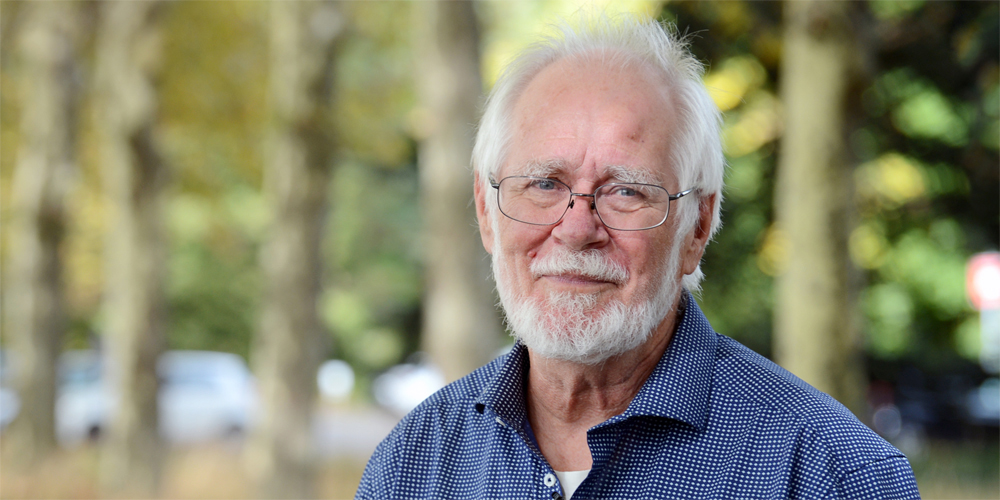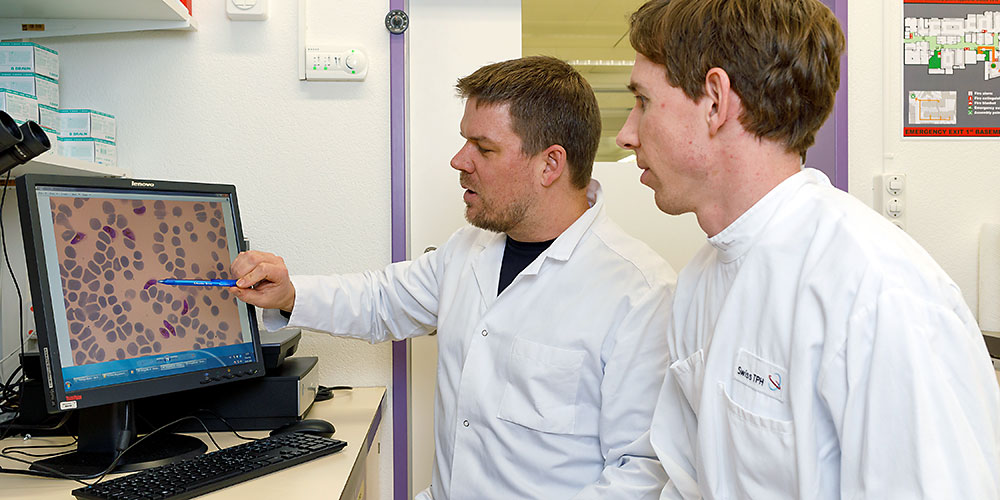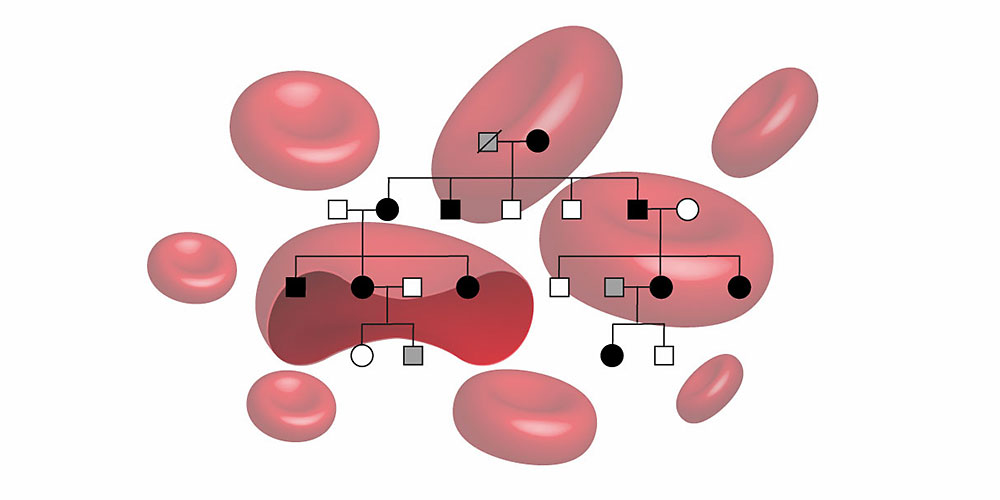Last year, the Swiss biophysicist Dubochet, along with two other scientists, was awarded the Nobel Prize in Chemistry for developing cryo-electron microscopy. In a symposium, Jacques Dubochet and two of his long-time colleagues will provide fascinating insights into this technology.

TEDxBasel, a regional annual conference for inspiring ideas, will bring together leading thinkers, social entrepreneurs and change makers from the Basel region on May 26. We are giving away ten free tickets for the event at Musical Theater Basel.

An international team of researchers has discovered a new anti-cancer protein. The protein, called LHPP, prevents the uncontrolled proliferation of cancer cells in the liver and can also serve as a biomarker for the diagnosis and prognosis of liver cancer.
For the first time, an interdisciplinary team from the University of Basel has succeeded in integrating artificial organelles into the cells of living zebrafish embryos. This innovative approach using artificial organelles as cellular implants offers new potential in treating a range of diseases.
A new summer internship at the Biozentrum of the Univerity of Basel enables Bachelor students in the sciences to immerse themselves in cutting-edge research projects for up to nine weeks.

Researchers at the Swiss Tropical and Public Health Institute and the University of Basel made an important step toward a deeper understanding of how malaria blood stage parasites turn the switch to become transmissible to other humans.

A newly-discovered hereditary mutation is responsible for an increased production of erythropoietin (EPO) in the blood. This mutation causes a messenger RNA (mRNA) that is not normally involved in the formation of proteins to be reprogrammed so that it produces EPO, thus abnormally increasing the number of red blood cells.

With every infection or vaccination, memory cells form that the body uses to remember the pathogen. This has been known for decades – but the structure of this cellular immunologic memory has previously proven impossible to pin down. Researchers from the University of Basel and University Hospital Basel have now identified a microanatomical region in memory cells that enables them to work rapidly in the first few hours of an immune response, as they report in the journal Immunity.
In 2020, the European Space Agency (ESA) is sending a rover into space to examine the surface of Mars for signs of life. Its on-board equipment includes a high-resolution camera developed in Switzerland, and researchers from the University of Basel are currently testing the camera’s operation in an artificial Martian landscape.
